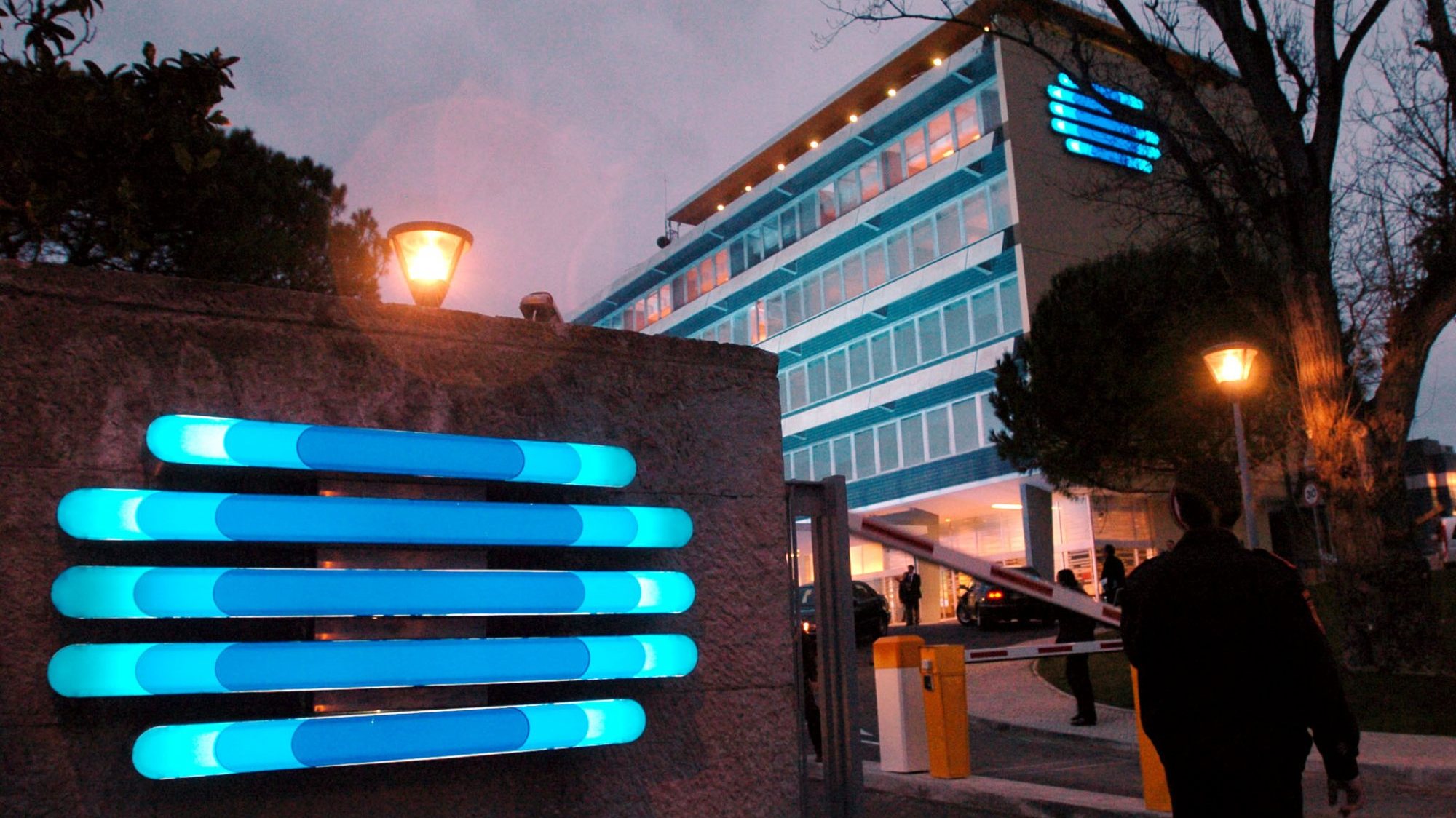In 2021, for the fifth consecutive year, RTP2 failed to meet its broadcast quotas for programs and creative works originally in Portuguese, with a proposal to open an administrative proceeding against RTP, the regulator announced Thursday.
“In 2021, the trend of compliance with the broadcast of programs originally in the Portuguese language approached that registered in 2020. However, the public service operator, in RTP2 program service, does not guarantee, for the fifth consecutive year, the quotas of programs in Portugueseor creative works, with the opening of an administrative procedure against the operator RTP — Rádio e Televisão de Portugal, SA”, reads the Report on “Audiovisual Production in Television Programming Services in 2021”, released this Thursday by the Regulatory Entity of the media (ERC).
In the edition of the report for the year 2020 of the report —which characterizes the fulfillment of the obligations of diffusion of works in Portuguese, European production and independent production by the operators in Portugal— ERC also mentioned having proposed, for the same reason, the opening of an administrative proceeding against RTP.
According to the regulator, the biggest drops in the broadcast of works in Portuguese, original or creative, occurred in services of children’s and youth themed programs, with the exception of Canal Panda.
In Sport TV, the regulator “confirmed the reduction observed in 2020, which is associated with changes in programming due to the acquisition of rights in other leagues and sports”while the services dedicated to the offer of films and series “maintain grids focused on North American origin, below the percentages defined for the dissemination of works in Portuguese, as a result of their projects having been authorized with that predominance.”
Among the general unconditional free access services, ERC points out “trends in the opposite direction”: A “global growth” in the SIC universe, with the exception of SIC K (children and youth) and SIC Notícias (information), and a “rupture or stability” of TVI, with the support of TVI24/CNN Portugal (information) and TVI Ficção (national fiction).
Among generalists with free access with subscription, it can be seen that Porto Canal increased the diffusion of works originally in Portuguese and reduced the number of creative works by more than 25 percentage points. For its part, CMTV increased by two and four percentage points, respectively.
Even in the diffusion of creative works, the ERC records drops “in most services” of the RTP operator With the exception of RTP2, “in sports and news topics, due to their editorial nature, the presence of these works is residual or non-existent”.
Regarding the broadcast of works of European production, of the 46 program services evaluated, 35 incorporate a majority percentage, says the regulated.
“Among others, SIC Mulher and Panda Biggs, the latter up to about 50% of participation in programming, do not reach this percentage, due to the nature of the thematic service, in accordance with the provisions of article 47 of the LTSAP [Lei da Televisão e dos Serviços Audiovisuais a Pedido]and its target audience,” he says, adding, however, that “this condition does not exempt them from complying with these obligations.”
As for the 10% quota stipulated for the dissemination of recent independent productions, 21 programming services do not reach it: Cinema and thematic series, RTP Memória, SIC Mulher, SIC K, TVI24 and TVI Ficção, whose projects “are mainly based on in own production”, and Canal Panda, Casa e Cozinha, Sport TV1 and TV4 and, “without any recent integration of independent production”, Sport TV+.
The ERC also identifies the absence of independent European productions on the grids of Sport TV+, Localvisão TV, Sporting TV and Kuriakos TV, as they are self-produced channels.
As for the 5% quota that creative works of independent European production, originally in Portuguese, must cover, ERC says that it has been “widely surpassed by general program services”.
In this indicator, SIC presented the highest volume of hours, which represents in percentage terms more than half of the recent independent production (63.8%), while RTP2, although it exceeds 5%, is the service with the lowest percentage (7.2%) of these. works produced less than five years ago.
In a retrospective analysis of the last five years, ERC concludes that “the incorporation of recent and independent European production in linear programming services has remained stable, being gradual”, but identifies, even so, “a decrease in the offer works less than five years old.
The availability of European production in the catalogs of on-demand audiovisual services became a reality in 2021, in all programming services, and in more than 30%”, he points out, highlighting that “an outstanding position in the catalogs, legally stipulated by the number 2 of article 45 of the Television Law, is guaranteed through menus and other highlights for customers”.
Regarding compliance with the broadcast of audiovisual works, in the dimensions ‘European Production’ and ‘Independent Production’, it is considered compatible with the obligations of information, education, culture and entertainment operators”.
Regarding the presence of European-produced works in on-demand audiovisual services by subscription (with a minimum share of 30%, with a guarantee of outstanding position, and 15% of creative works of independent production, originally in Portuguese and recent) , ranges between 30.9% of NOWO and 48.9% of Vodafone.
In the last part of the report, ERC characterizes the Portuguese audiovisual market and concludes that “the strategies of linear television services, in 2021, continue to be permeable to the impacts of the context of the covid-19 pandemic”, with “repercussions on the repetition of content”, and a strong trend towards informative content and study programs in the editorial lines of general programming services”.
Source: Observadora
